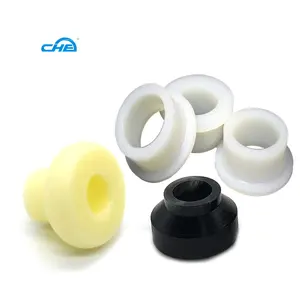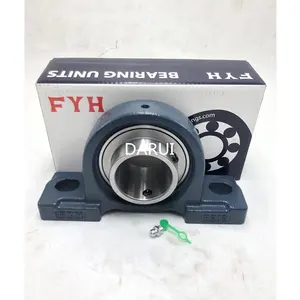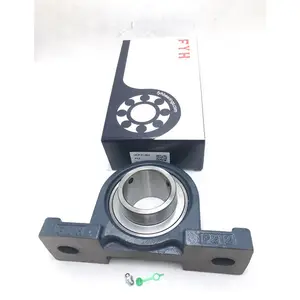Popular in your industry



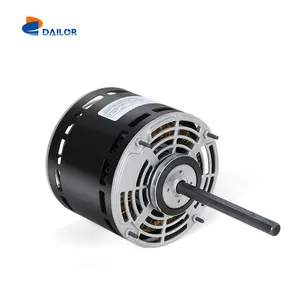













Related Searches:
















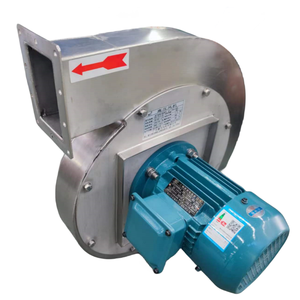









Top categories
About furnace blower motors
Introduction
With winter on the horizon, the functionality of your furnace becomes increasingly important. One often overlooked yet crucial component is the blower motor. This device works tirelessly to distribute warm air throughout your home, ensuring a cozy environment during the chilly months. This guide will provide a comprehensive understanding of furnace blower motors, including their types, energy efficiency, noise levels, cost considerations, and the importance of compatibility and professional installation. Our aim is to equip you with the knowledge to make an informed decision about your furnace blower motor, contributing to a warm and comfortable winter season.
Understanding Furnace Blower Motors
A furnace blower motor is an electric component that spins fan blades using a belt, working in tandem with your furnace to distribute warm air during winter. It influences how quickly your furnace can heat up and helps circulate the heated air throughout the house. The blower motor can be located in different places depending on the furnace design, and it's designed to last as long as your furnace itself, typically anywhere from 10 to 20 years.
Types of Furnace Blower Motors
Furnaces typically feature one of three types of blower motors: Permanent Split-Capacitor (PSC), Electronically Commutated Motor (ECM), and Variable-speed. PSC motors, the least efficient, operate at full force, leading to more wear and tear. ECM and variable-speed motors, on the other hand, offer more efficiency and quieter operation. The type of blower motor in your furnace significantly impacts its performance, energy consumption, and noise levels.
Single-Speed Motors
Single-speed furnace blowers are typically found in older systems and run at the same heat capacity at all times. They are more affordable and easier to install, making them a popular choice for many households. Technicians also tend to have more experience with these traditional systems, simplifying repair and maintenance. However, their lifespan is shorter, usually around 15 years, and they are not as energy-efficient as variable speed systems since they operate at full capacity.
Multi-Speed Motors
Multi-speed blowers feature two or three fan speeds, offering better airflow and more control over heating or cooling. When turned on, they may start at a high speed but quickly switch to a lower setting, gently and quietly achieving the desired temperature. They operate mostly at this lower setting, consuming less energy and improving air circulation. This results in lower energy bills. The advent of multi-speed blowers led to the development of sophisticated circuit boards that dictate when each speed should be used and for how long.
Variable-Speed Motors
Variable-Speed Motors, also known as Electronically commutated motors (ECMs), are DC motors that function using a built-in inverter and a magnet rotor. They are highly efficient and can reduce operating costs. ECMs constantly monitor data from your heating and cooling system, making necessary adjustments to meet your comfort needs. They vary the amount of circulated air, compensating for factors like dirty filters or blocked vents by increasing the fan speed. An added advantage is that they gradually ramp up to full speed, eliminating the sudden, noisy blast of air associated with standard furnace motors.
Choosing the Right Furnace Blower Motor
Choosing the right furnace blower motor is crucial for HVAC servicing companies. Motors are no longer simply 'on-off' options. Variable-speed fans and updated controls mean manufacturers are looking for options that provide the right efficiency and performance. It's important to keep apprised of changes in manufacturers’ choices for furnace blower assembly motors. The housing and blower wheels may fit the system as a whole, but older drive systems may be unable to meet the performance specifications and lead to issues down the road.
Energy Efficiency Considerations
Energy efficiency is a key consideration when choosing a furnace blower motor. Standard fan motors, running continuously for 24 hours, use approximately 750 watts of energy. High efficiency fan motors, on the other hand, are quieter and more adaptable, using about 200 watts of energy in a 24-hour period. The most efficient are variable speed fan motors, which use only about 75 watts of energy when run for 24 hours. This significant reduction in energy usage can lead to substantial cost savings over time.
Noise Level Considerations
Different types of furnace noises can indicate various issues. For instance, a high-pitched squealing noise may suggest a problem with the motor, such as a damaged belt. A scraping noise could be a sign of worn-out ball bearings. Buzzing noises might be due to loose parts causing vibration. A loud humming noise could signal a severe problem with your blower fan or capacitor. Recognizing these noises and understanding their causes can help in choosing the right furnace blower motor and ensuring its proper maintenance.
Cost and Maintenance Considerations
The cost of replacing a furnace blower motor can vary widely, influenced by factors such as the size, type, and brand of the motor, as well as labor costs. On average, you might pay around $550 for a replacement, but costs can reach over $2,000 for complex units. Maintenance is key to prolonging the life of your blower motor, and annual check-ups can prevent surprise repairs. If your HVAC system is under warranty, you may only need to cover the labor costs.
Installation and Compatibility
When replacing an obsolete blower motor, it's crucial to find a compatible replacement. For instance, a motor with a certain SKU could be a suitable replacement for an old motor with a specific part number. It's the same size, RPM, voltage, and HP (1/3), and is reversible. However, if you're unsure about the installation process or lack the necessary expertise, it's advisable to seek professional help. Also, remember to clean the vanes on the 'squirrel cage' fan blade during replacement for optimal performance.
Professional Installation vs DIY
It’s a good idea to let an HVAC professional handle furnace service to ensure the unit is functioning safely and effectively. If it’s still unclear whether to replace the blower motor or the entire furnace, getting a quote for each project can help clarify the best course of action. Purchasing a home warranty can help reduce future furnace repair costs.
Ensuring Compatibility with Your Furnace
When replacing an obsolete furnace blower motor, it's crucial to ensure compatibility. Your new motor should match the specifications of the old one, including wire connections and rotation direction. For instance, a motor might have a common white wire, high-speed black wire, low-speed red wire, two brown wires to the capacitor, and a ground green wire. Also, the rotation direction, such as counterclockwise, should be noted. If unsure, seek professional advice to avoid compatibility issues.
Conclusion
In conclusion, the furnace blower motor is a critical component of your heating system, significantly influencing its performance, energy consumption, and noise levels. Understanding the differences between single-speed, multi-speed, and variable-speed motors can help you make an informed decision that suits your comfort needs and budget. Energy efficiency, noise levels, cost, and maintenance considerations are all crucial factors in choosing the right motor. Furthermore, ensuring compatibility and considering professional installation can save you from potential issues down the line. Armed with this knowledge, you can confidently navigate the complexities of furnace blower motors, ensuring a warm and comfortable home this winter.


